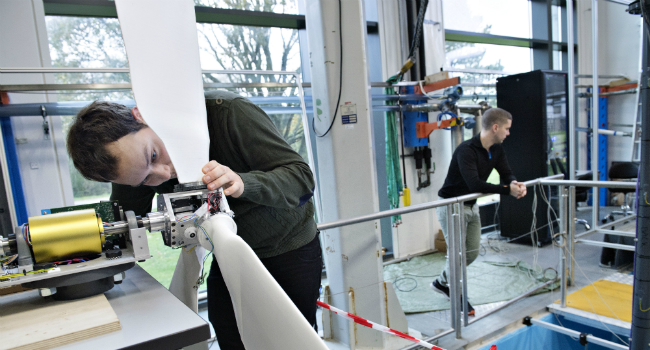Industrial electronics have an essential role in our everyday life. Most people underestimate this equipment’s value even though we cannot work without them at times. Industrial electronics are used to make electric circuits, among others, and below, we discuss all you should know about them.
Components of Industrial Electronics
Industrial electronic equipment are the tools involved in an industrial setting and below are its components;
- Resistors
These are the typical components of industrial electronics found in electronic circuits. The resistor entails two terminals that resist the current’s flow. This component is measured in ohms, and its primary functions are; managing current flow, dividing voltage, and restoring the network.
- Diodes
These are devices made up of two terminals, and they allow a flow of electric current in only one direction. Every diode has two terminals called Anode and Cathode. Diodes charge alternating currents and are among the simplest components of industrial electronics.
- Inductors
Inductors are popular and are made up of two terminals. Inductors preserve energy in the magnetic field, returning it where required. It consists of a wire coil. Inductors are helpful, but it is hard to put them in a circuit because of their size.
- Transistors
Transistors are among the essential parts of the electronic field. They consist of three terminals that apply the voltage to the terminal. Transmitters are used as amplifiers, and silicon is the only material used in them.
What is A Thermopile Sensor?
Thermopile sensor modules consist of thermocouples linked in a similar design. The thermopile turns thermal energy into output voltage, and some of its benefits are;
- Low cost
- Compact size
- They do not consume a lot of power
- They have stable relationships.
These sensors are applied in the following places;
- HVAC systems
- Infrared thermometers
- Monitor process thermometers
- Non-contact measurements.
A thermopile works using the principle of a thermoelectric effect. The thermoelectric effect states that thermocouples produce electric voltages due to the temperature difference. Thermopile sensors use standard connectors and can measure several temperatures.
They are generally cheap and often work as thermopile detectors.
Types of Thermopiles
When choosing thermopiles, it is advisable to consider metals, and base thermopiles measure various temperature ranges. Below we look at the common types of thermopiles;
- Type J– includes constantan and iron, and their temperature ranges from -200 degrees to 1300 degrees.
- Type T- including copper, and temperature ranges from -250 to 400 degrees.
Thermopile Sensor
A thermopile sensor module uses non-contact sensing and has a higher voltage output than other sensors. A thermopile sensor uses infrared radiation from the measured object. Its electrical output is also proportional to its temperature, thus its name, thermoelectric transducer.
A thermopile sensor increases or decreases temperature because of the difference between the material and the absorber. Thermopiles are applied in the following sectors;
- Automatic HVAC power
- Scanner thermal line
- Analyzing exhaust gas
- Monitoring blood glucose
- Handheld calculation
- Detecting fire.
Final Thoughts
Industrial electronics have many uses in our everyday life. This equipment is costly and should undergo proper maintenance. The above article has discussed all you should know about industrial electronics, and you can reach out for more.
